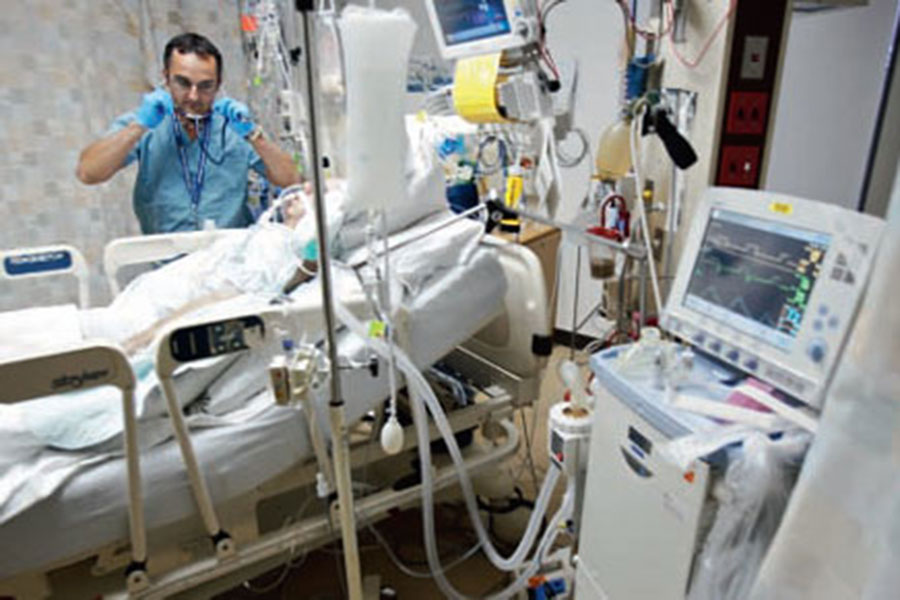We have reviewed medical records from clients with burn injuries that have more than twenty diagnoses documented. This is because of the numerous complications associated with severe burns. The skin is the largest organ of the body. Damage to the skin from a burn affects multiple body systems and it is impossible to identify every complication that may occur. In this newsletter we will identify some of the complications from burn injury that we have observed from clinical work and consulting. It is not a comprehensive list.
The skin acts as a barrier to protect us from infection. The risk for infection after a burn injury is high. Hospital acquired infections such as MRSA can occur. The risk of infection is also increased when the client has an IV line, breathing tube, feeding tube or urinary catheter. These provide portals of entry for infectious organisms. If a client is on bedrest for an extended period of time, the risk for pneumonia increases.
There are other complications of bedrest such as blood clots, skin breakdown and muscle weakness that can occur. Burn injuries can cause severe pain and clients may require heavy sedation for routine nursing care such as bed making, bathing or repositioning. Narcotic pain medication is addicting and we have seen clients experience mental status changes such as delirium when the dose is decreased and they are weaned off the medication.
Burn injuries cause significant swelling and fractures may be undiagnosed until the swelling is reduced, causing a delay in treatment. Healing of the fracture is prolonged or impaired.
A fluid shift occurs as part of the physiological response to a burn injury. Fluid resuscitation is an important aspect of treatment. Changes in fluids and electrolytes such as sodium and potassium can affect the heart and other organs such as the kidney. We have worked with clients who have experienced congestive heart failure and renal failure after a burn injury.
Bowel function is disrupted when narcotics that slow intestinal motility are administered, the client is on bedrest or the client is not consuming a full diet. Intestinal obstruction is a complication that has occurred. This may require a surgical procedure to correct. It is also extremely painful.
The client with a respiratory injury from burns is at risk for respiratory failure. If mechanical ventilation is required for an extended period of time, a surgical procedure called a tracheostomy is performed. The client is at risk for infection as noted above. We have worked with a client who experienced vocal cord paralysis after a tracheostomy.
Clients who are burned can develop mental and emotional complications that are just as devastating as their physical injuries. They can experience acute and chronic grief secondary to the losses experienced, including health, job, home and other material possessions and a sense of safety and security. Anxiety disorders such as phobias and PTSD are common. Symptoms of depression can be experienced and require treatment. Treatment for mental illness may be short term or the client may require medication and therapy for the rest of their life. Since physical and mental disability can be permanent, a life care planner may be helpful to the attorney in estimating costs.
This month we are discussing Burn Injuries. The blog topics for this month are:
- Case Study: Burn Injuries (3/4/16)
- Burns: Initial Treatment (3/11/16)
- Burns: Long Term Treatment (3/18/16)
- Burns: Complications (3/25/16)
Note: To see all posts in this topic, click here











